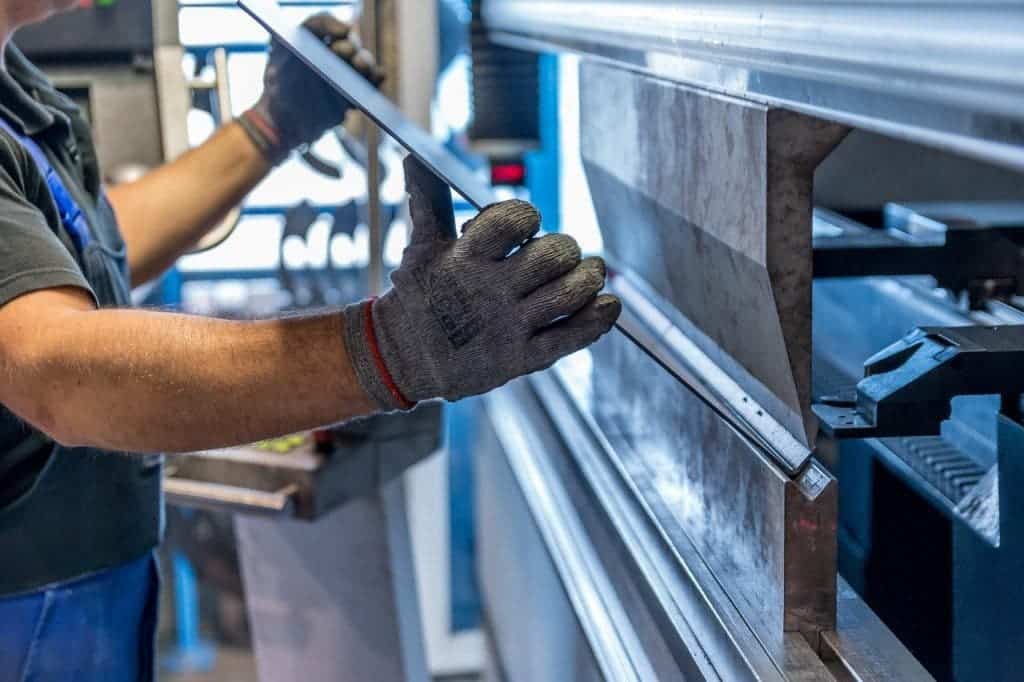
It’s important to stay indoors and avoid public gatherings during this coronavirus outbreak, but what if you don’t have a choice? Perhaps you have a job as a driver or in some other field that can’t offer the luxury of working remotely from home.
In this case, it’s important not only to limit your contact with other people, but also with surfaces around you because the virus can survive for up to three days in some cases, according to a new study.
A sticky virus doesn’t necessarily mean it’s contageous
Researchers at the University of California, Los Angeles, and Princeton University exposed various kinds of materials to the SARS-CoV-2 virus that is responsible for the COVID-19 respiratory illness. They tested cardboard, plastic, and stainless steel.
According to the results, the virus remains virulent on cardboard (i.e. a pizza box) for up to 24 hours. On plastic and stainless steel, the virus survived for up to 2 or even 3 days.
What’s more, the novel coronavirus that first appeared in January in China can also remain viable in aerosols — particles suspended in the air — for up to three hours.
These findings, which were published on a preprint server, are in line with the stability of the SARS-CoV, another coronavirus that caused an outbreak in 2003, infecting 8,000 and causing around 800 fatalities.
However, it’s important to bear in mind that studies conducted in the lab can often fail to capture the full dynamic of viral transmission seen in the real world.
For instance, the researchers did not actually sample the air breathed by an infected person. Instead, the virus was puffed into a rotating drum to keep it suspended mid-air. So, these findings do not necessarily mean that the novel coronavirus can spread over the air outside very specific laboratory conditions. There is no evidence so far of aerosol transmission for SARS-CoV-2.
And while a surface may still be virally stable that doesn’t necessarily mean you’ll become infected by touching it and then coming into contact with your nose, mouth, or eyes. Researchers have yet to determine the rate of transmission from touching objects and virally-loaded surfaces. However, if it’s like other viruses, the novel coronavirus is mostly spread from person-to-person rather than contact with contaminated surfaces.
The researchers also note that the novel coronavirus is much quicker to spread than its cousins that cause SARS and MERS. A recent study found that SARS-CoV-2 has an R0 — the base reproductive number that predicts the number of new cases spread by a single infected person — of around 2.2, meaning each infected person transmits the virus to 2.2 other people, on average. That’s quite a lot, much more than the H1N1’s R0 of 1.5 that saw almost 1.4 billion people infected with swine flu in 2009-2010, the previous pandemic before COVID-19.
This highly contagious behavior suggests that there may be other dynamics of transmission at play that might not be known yet.
“HCoV-19 has caused many more cases of illness and resulted in more deaths than SARS-CoV-1 and is proving more difficult to contain. Our results indicate that the greater transmissibility observed for HCoV-19 is unlikely to be due to greater environmental viability of this virus compared to SARS-CoV-1. Instead, there are a number of potential factors which could account for the epidemiological differences between the two viruses,” the researchers wrote.
According to a study from Germany, people who contract the novel coronavirus emit high amounts of the virus very early on in their infection, when they have no symptoms to alert them that they’re sick, which may explain why the virus is such an efficient spreader.
“Other factors likely to play a role include the infectious dose required to establish an infection, the stability of virus in mucus, and environmental factors such as temperature and relative humidity,” the authors of the new study said.
The SARS outbreak of 2003 was dominated by nosocomial transmission, with the virus spreading from a variety of surfaces and objects in healthcare settings. The novel coronavirus also occurs in a hospital setting, with 3,000 cases reported of hospital-acquired infections. In contrast to SARS, the vast majority of novel coronavirus cases have been reported outside healthcare settings. This suggests that the novel coronavirus is potentially far less able to infect people coming into contact with contaminated surfaces than SARS was.
In the future, the researchers plan to study how temperature, humidity, and other environmental conditions affect the virus’ ability to survive. Some claim that the novel coronavirus might not last during hot summer days, but there is no such evidence yet.
Regardless of whether or not the novel coronavirus is airborne (don’t panic, it’s not!) or whether it’s easily transmissible from surfaces, your best bet is to exert precaution. Stay at home as much as possible, avoid crowds, and disinfect your home and clothes.
We recently published a list of EPA-approved disinfectants against the coronavirus so you’re good to go.






